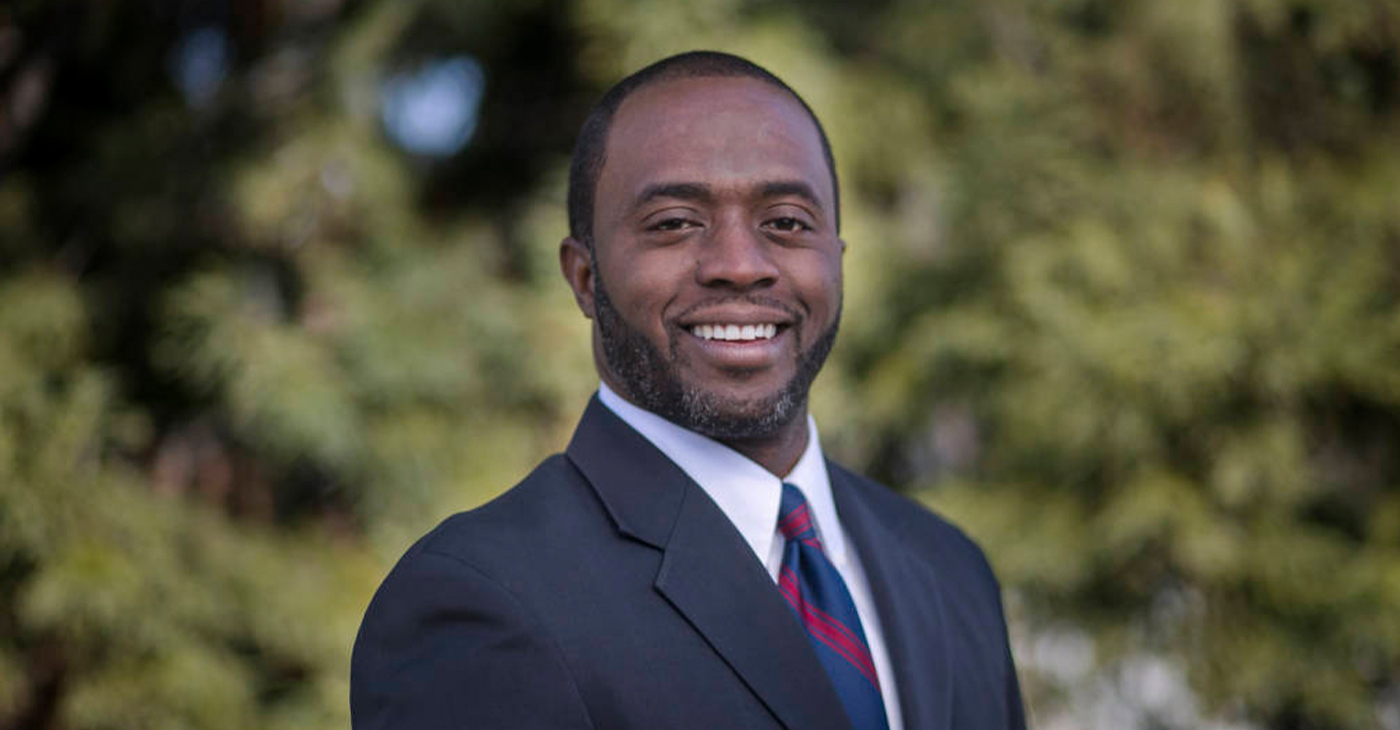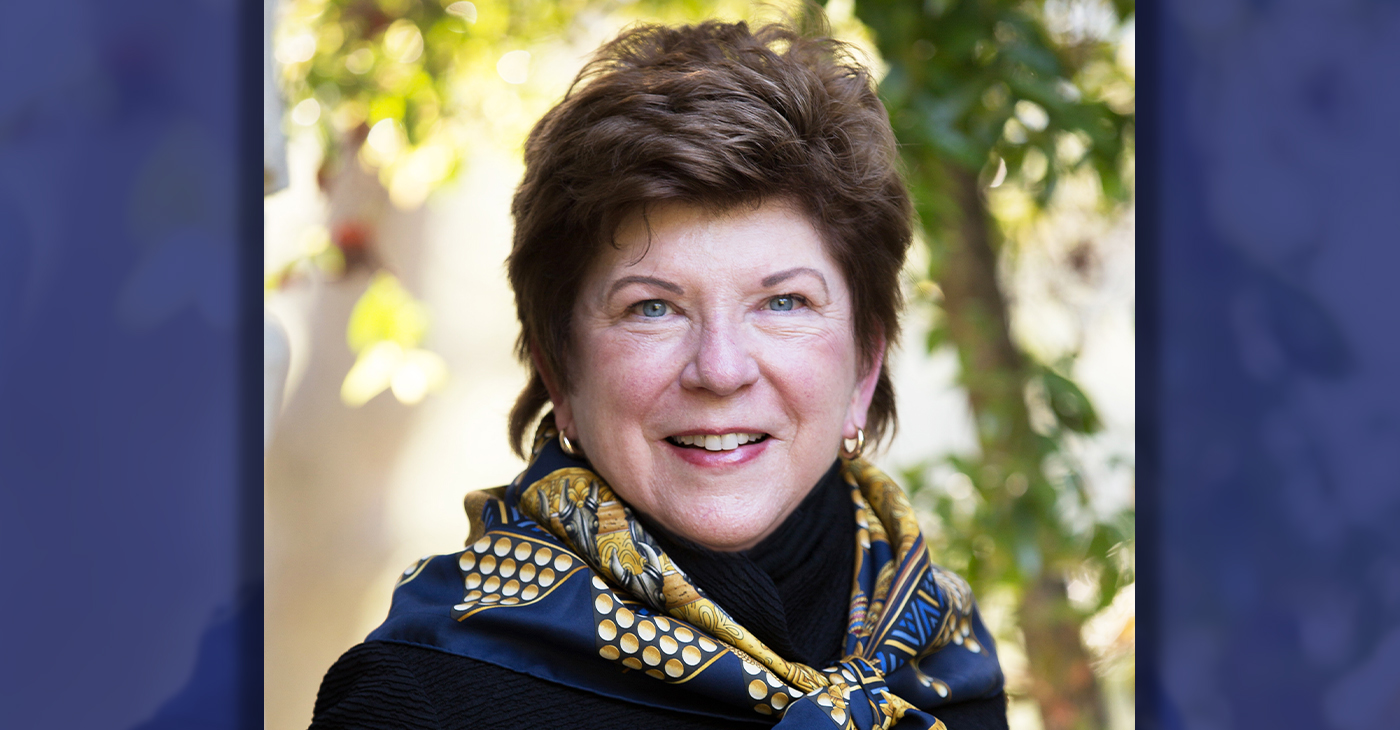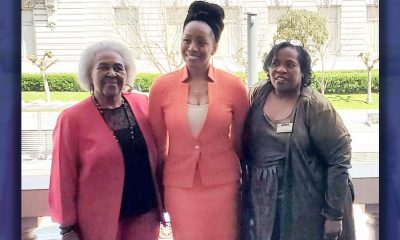Education
Supporting Social-Emotional Learning During the Pandemic
One of the most important ways to assist students during the pandemic is to work with them in learning how to manage their emotions.
Most students have been learning virtually for over a year now, due to COVID-19. It’s probably fair to assume that most students have adjusted favorably to the expectations of online learning whether they wanted to or not. With caring and well-prepared teachers, most students are being exposed to grade-level lessons and activities.
However, even though students appear to be more familiar with educational platforms, learning apps and are more tech-savvy than ever before, we can’t assume that they are still not being affected by the pandemic and all the things they have given up since it began. Students now sit for long periods and movement between and during class is minimum and if they get too fidgety or distracted, they could be called out for it. Recess is a thing of the past and Physical Education is reduced to what can be done in front of the screen.
As parents and teachers try to juggle their children’s lives in front of the camera as well as behind the camera, we also have to take into consideration their social-emotional development, even more so, now that we are in a pandemic.
According to CASEL (Collaborative for Academic, Social and Emotional Learning), the leader in the field of Social Emotional Learning (SEL), SEL “is the process through which children and adults acquire and effectively apply the knowledge, attitudes, and skills necessary to understand and manage emotions, set and achieve positive goals, feel and show empathy for others, establish and maintain positive relationships, and make responsible decisions.” Helping students learn how to manage Social Emotional Learning will help them to better process and navigate through the current health plight, as well as how to succeed in school and life, long after the pandemic is finally behind us.
One of the most important ways to assist students during the pandemic is to work with them in learning how to manage their emotions. Even though many students have been attending school online for over a year now and many have become quite adjusted to learning virtually, we still have to check in with them often and gauge how they are feeling. We have to notice any change in their behavior and allow them to move periodically after sitting during their online classes or to take movement breaks on purpose.
Other ways to help students manage their emotions during this time, is to help them in identifying and labeling their emotions. We could be of great assistance to them if we help them to recognize how they are feeling and commend them for taking responsibility for those emotions.
For example, “I am feeling grumpy today because I didn’t get enough rest last night.” For those feelings of fear, anger, and/or sadness we can guide them in finding strategies that could make them feel better or practice ways to calm them down by journaling, soothing exercises, mindfulness meditation, and deep breathing.
Another great way to support our children’s Social Emotional Learning especially during this Pandemic is to help them to continue developing their self-esteem. According to an article in ‘very well mind’ an online developmental psychology website, “The concept of self-esteem plays an important role in psychologist Abraham Maslow’s hierarchy of needs, which depicts esteem as one of the basic human motivations.” The article goes on to say that, “Maslow suggested that individuals need both appreciation from other people and inner self-respect to build esteem. Both of these needs must be fulfilled for an individual to grow as a person and reach self-actualization.”
So, as we think of ways to develop self-esteem within our children, they can feel good about accomplishing tasks, as well as feeling good about the accolades that could result in carrying them out.
For example, giving children more responsibilities around the house, no matter how big or how small, is a productive way to help them in feeling good about themselves.
Allowing them to make age-appropriate choices will also make them feel like a respected contributing member of the family, as well. It is also beneficial to teach them how to think through their decisions and to come up with options that they have decided upon on their own. Most importantly, when they can make choices and fulfill their responsibilities around the house, it is equally important for us to show our appreciation towards them for helping out and for the effort they display.
Another way to support our children by developing their Social Emotional Learning is by working with them in building empathy.
This is not always easy to do, since it’s all a child can do to think about how they are feeling, let alone think about how someone else may be feeling.
So, when we continue to openly discuss the pandemic and how it can affect others, we can then begin to have our children think about how it could feel to walk in someone else’s shoes. If the person is someone the child knows then we could brainstorm ways in which they could help them or offer a word of kindness by phone, text, email, social media, etc. We could even teach them the skill of “active listening” and let them understand the value of being supportive in our silence. This type of life skill is something that can be used throughout their lives, for the rest of their lives and can be applied to numerous everyday situations.
Another valuable strategy that we can model and share with our children is the use of “self-talk.” Some may call it “talking out loud” and back in the day, it could have been referred to as “talking to yourself.” According to the media organization Psychology Today,“ Many people are conscious of an inner voice that provides a running monologue on their lives throughout the day.
This inner voice, our self-talk, combining conscious thoughts and unconscious beliefs and biases, provides a way for the brain to interpret and process daily experiences.” Today we have come to realize the benefits of it, and it teaches our children how to better associate their words with their feelings. For example, when you are in heavy traffic you could model by saying, “This traffic is so backed up, and I’m going to be late. I’m feeling angry that we can’t move faster, so I’m going to take a deep breath and turn on the music to calm myself down.”
This quick commentary will help in teaching our children words that can be associated with their feelings, as well as possible strategies that can help in calming them down, like deep breathing and listening to music. Practicing “self-talk” often with our children, by modeling and by allowing them to practice so that it will become a useful tool that can be used to regulate their emotions when needed, will be invaluable.
Helping our children learn to manage their Social Emotional Learning has benefits that can take them far beyond the pandemic, but while we are still in it, we must help them to understand and handle those emotions so that they can have less emotional stress, make responsible choices and decisions, feel better and show empathy for others and most of all so that they can work successfully towards academic achievement.
California Black Media
State Ed Chief Tony Thurmond Pushes Bill to Train Educators
State Superintendent of Public Instruction (SSPI) Tony Thurmond is advocating for comprehensive training for teachers in reading and math, emphasizing the urgent need to improve student academic outcomes across California. On April 24, during testimony in the Senate Education Committee, Thurmond backed Senate Bill (SB)1115, which aims to provide evidence-backed educator training. The committee passed the bill with a 7-0 vote.

By California Black Media
State Superintendent of Public Instruction (SSPI) Tony Thurmond is advocating for comprehensive training for teachers in reading and math, emphasizing the urgent need to improve student academic outcomes across California.
On April 24, during testimony in the Senate Education Committee, Thurmond backed Senate Bill (SB)1115, which aims to provide evidence-backed educator training. The committee passed the bill with a 7-0 vote.
Thurmond pointed out to the committee that existing funding for educator training in literacy and math only covers about one-third of California’s educator workforce. SB 1115, Thurmond said, would fund the remaining two-thirds.
“This is an issue of moral clarity,” according to Thurmond. “In the fifth-largest economy in the world, and in an age when we have access to substantial brain science about how students learn, it should be unacceptable to train only some educators in the best strategies to teach essential skills.”
SB 1115 incorporates multiple research-backed methods, including phonics, and it aligns with the California ELA/ELD Framework, which encourages biliteracy and multilingualism.
Thurmond emphasized the moral imperative behind the push for enhanced training by noting that 70% of incarcerated adults struggle with reading or are illiterate.
“Every child should feel supported as they learn to read and every teacher should feel confident in their ability to support students’ foundational literacy,” Thurmond said. “SB 1115 is about ensuring that all children have the opportunity to read by third grade, and that all children have a shot at the life-changing outcomes that come from early literacy.”
The next step for SB 1115 is a hearing in the Senate Appropriations Committee on May 6.
Commentary
Opinion: Lessons for Current Student Protesters From a San Francisco State Strike Veteran
How the nation’s first College of Ethnic studies came about, bringing together Latino, African American and Asian American disciplines may offer some clues as to how to ease the current turmoil on American college campuses over the Israel-Hamas war. After the deadline passed to end the Columbia University encampment by 2 p.m. Monday, student protesters blockaded and occupied Hamilton Hall in a symbolic move early Tuesday morning. Protesters did the same in 1968.

By Emil Guillermo
How the nation’s first College of Ethnic studies came about, bringing together Latino, African American and Asian American disciplines may offer some clues as to how to ease the current turmoil on American college campuses over the Israel-Hamas war.
After the deadline passed to end the Columbia University encampment by 2 p.m. Monday, student protesters blockaded and occupied Hamilton Hall in a symbolic move early Tuesday morning.
Protesters did the same in 1968.
That made me think of San Francisco State University, 1968.
The news was filled with call backs to practically every student protest in the past six decades as arrests mounted into hundreds on nearly two dozen campuses around the country.
In 1970, the protests at Kent State were over the Vietnam War. Ohio National Guardsmen came in, opened fire, and killed four students.
Less than two weeks later that year, civil rights activists outside a dormitory at Jackson State were confronted by armed police. Two African American students were killed, twelve injured.
But again, I didn’t hear anyone mention San Francisco State University, 1968.
That protest addressed all the issues of the day and more. The student strike at SFSU was against the Vietnam war.
That final goal was eventually achieved, but there was violence, sparked mostly by “outside agitators,” who were confronted by police.
“People used the term ‘off the pigs’ but it was more rally rhetoric than a call to action (to actually kill police),” said Daniel Phil Gonzales, who was one of the strikers in 1968.
Gonzales, known as the go-to resource among Filipino American scholars for decades, went on to teach at what was the positive outcome of the strike, San Francisco State University’s College of Ethnic Studies. It’s believed to be the first of its kind in the nation. Gonzales recently retired after more than 50 years as professor.
As for today’s protests, Gonzales is dismayed that the students have constantly dealt with charges of antisemitism.
“It stymies conversation and encourages further polarization and the possibility of violent confrontation,” he said. “You’re going to be labeled pro-Hamas or pro-terrorist.”
That’s happening now. But we forget we are dealing not with Hamas proxies. We are dealing with students.
Gonzales said that was a key lesson at SF State’s strike. The main coalition driving the strike was aided by self-policing from inside of the movement. “That’s very difficult to maintain. Once you start this kind of activity, you don’t know who’s going to join,” he said.
Gonzales believes that in the current situation, there is a patch of humanity, common ground, where one can be both pro-Palestine and pro-Israel. He said it’s made difficult if you stand against the belligerent policies of Benjamin Netanyahu. In that case, you’re likely to be labeled antisemitic.
Despite that, Gonzales is in solidarity with the protesters and the people of Gaza, generally. Not Hamas. And he sees how most of the young people protesting are in shock at what he called the “duration of the absolute inhumane kind of persecution and prosecution of the Palestinians carried out by the Israeli government.”
As a survivor of campus protest decades ago, Gonzales offered some advice to the student protesters of 2024.
“You have to have a definable goal, but right now the path to that goal is unclear,” he said.
About the Author
Emil Guillermo is a journalist and commentator. A veteran newsman in TV and print, he is a former host of NPR’s “All Things Considered.”
Bay Area
Obituary: Former California Education Superintendent Delaine Eastin Passes at 76
Delaine Eastin, who served as a former state Assemblymember representing parts of Santa Clara and Alameda County — and the first woman elected as State Superintendent of Public Instruction — died at age 76 on April 23. Eastin passed away from complications caused by a stroke.

By California Black Media
Delaine Eastin, who served as a former state Assemblymember representing parts of Santa Clara and Alameda County — and the first woman elected as State Superintendent of Public Instruction — died at age 76 on April 23.
Eastin passed away from complications caused by a stroke.
Known for her power of persuasion, Eastin used her influence to be a champion for bipartisan issues that helped raise academic standards, lower class sizes, and emphasize the importance of conserving nature and the environment in schools.
Former Assembly Speaker Willie Brown and fellow legislative colleagues said that Eastin was in demand on the speech circuit while serving as a legislator.
“Few could engender the kind of emotion and passion she delivered in every speech,” Brown said.
State superintendent Tony Thurmond called Eastin a trailblazer who inspired fellow public servants.
“California lost an icon in our school system today. Delaine Eastin’s legacy as a trailblazer in public education will forever inspire us. Her unwavering dedication to California students — from championing Universal Preschool and the “A Garden in Every School” program to honoring our educators by establishing the California Teachers of the Year Awards — has left an indelible mark on our state’s educational landscape,” said Thurmond.
Thurmond honored Eastin’s legacy at the California Teacher of the Year Program, an honor that she established during her time as superintendent.
-

 Community2 weeks ago
Community2 weeks agoFinancial Assistance Bill for Descendants of Enslaved Persons to Help Them Purchase, Own, or Maintain a Home
-

 Activism4 weeks ago
Activism4 weeks agoOakland Post: Week of April 3 – 6, 2024
-

 Business3 weeks ago
Business3 weeks agoV.P. Kamala Harris: Americans With Criminal Records Will Soon Be Eligible for SBA Loans
-

 Activism3 weeks ago
Activism3 weeks agoOakland Post: Week of April 10 – 16, 2024
-

 Community3 weeks ago
Community3 weeks agoAG Bonta Says Oakland School Leaders Should Comply with State Laws to Avoid ‘Disparate Harm’ When Closing or Merging Schools
-

 Community2 weeks ago
Community2 weeks agoOakland WNBA Player to be Inducted Into Hall of Fame
-

 Community2 weeks ago
Community2 weeks agoRichmond Nonprofit Helps Ex-Felons Get Back on Their Feet
-

 Community2 weeks ago
Community2 weeks agoRPAL to Rename Technology Center for Retired Police Captain Arthur Lee Johnson






















































